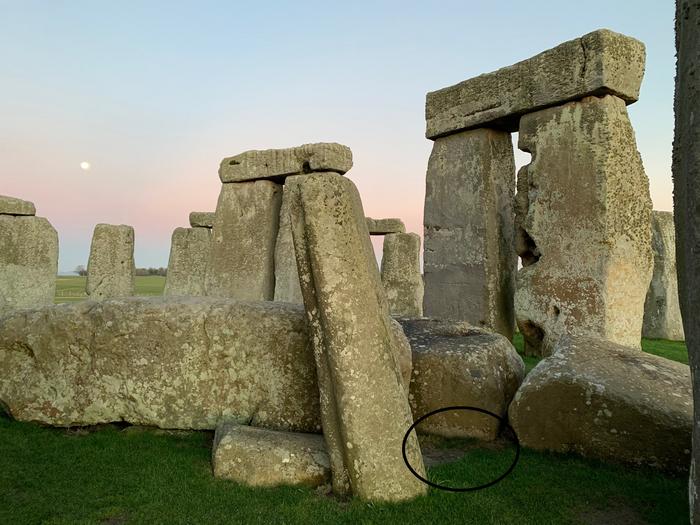Key insights
-
1
Geological Analysis
Geological analysis indicates that the Altar Stone's composition is consistent with rock formations found in Scotland, rather than closer Welsh sources previously believed to be the origin of many of Stonehenge's stones.
-
2
Logistical Feat
The transportation of the massive Altar Stone from Scotland to its current location at Stonehenge would have been a monumental logistical challenge, suggesting that the builders had sophisticated means of moving large objects over great distances.
-
3
Cultural Significance
The effort to bring such a significant stone from far away may indicate the Altar Stone's importance in the cultural or religious practices of the people who built Stonehenge.
Takeaways
The discovery that the Altar Stone at Stonehenge originates from Scotland introduces new questions about the monument's construction and the people behind it. This finding highlights the complexity and sophistication of the society that built Stonehenge, suggesting that they had advanced knowledge and tools to transport large stones over long distances. The cultural and religious significance of the Altar Stone remains a subject for further research and exploration.

